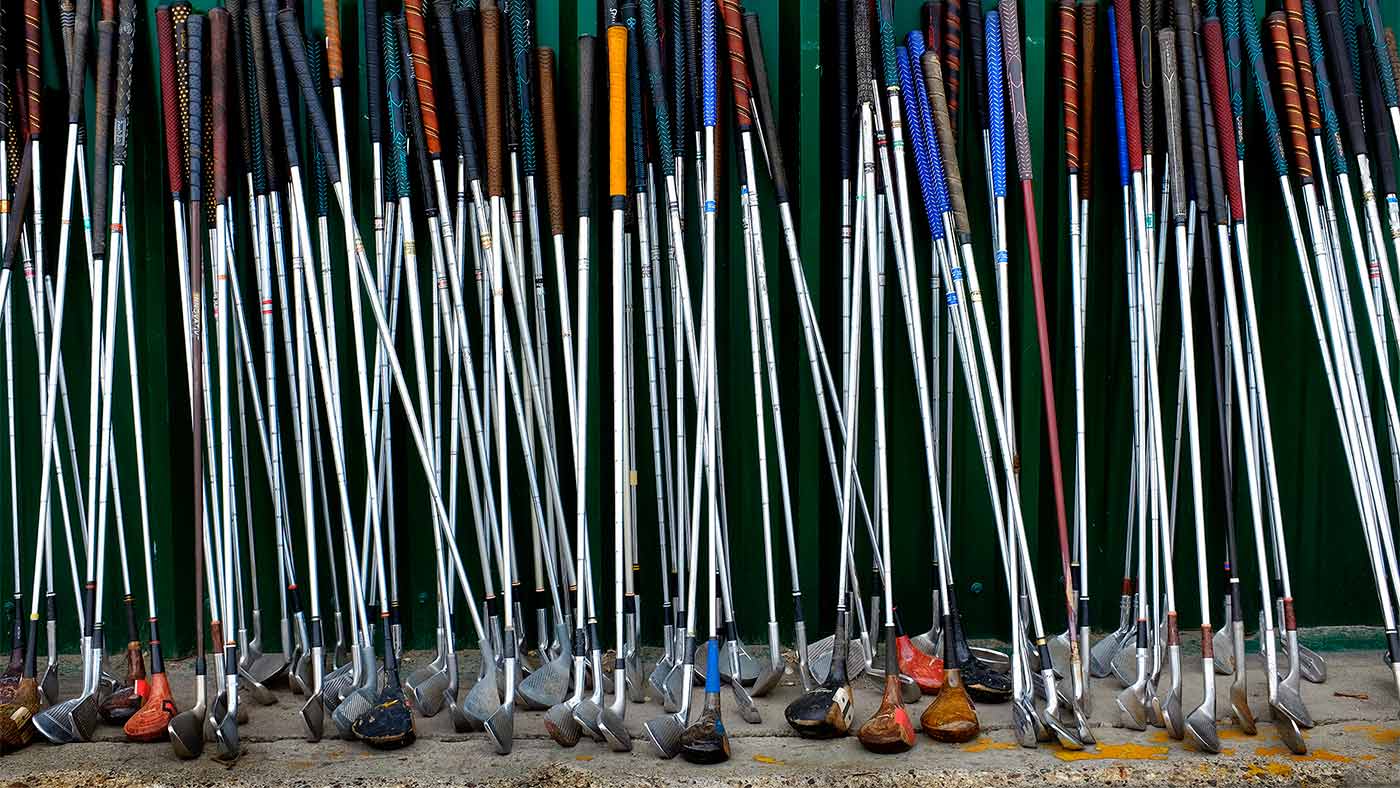So you’ve spent the money to go through a full-bag fitting and have now determined it’s time to pull the trigger on that new driver and wedge set. If the fitter is doing his job, he should be able to hand you over a piece of paper (better known as a “spec sheet”) with all the pertinent details. That should include length (with any relevant tipping), shaft details, grips specifications (additional wraps included), and any necessary tweaks that need to be made to the head or overall build for turf interaction or swing weight purposes. The spec sheet should have it all.
The next step in the process is one that’s easy to overlook: the build. If you’re working with a certified club-fitter, it’s safe assume the fitting is going to further confirm you’re using the best possible gear setup, or point you in the direction of something better. Assuming you find a new clubs, it’s important to ask who’s building said club.
“I want them to understand that the build is so critical,” said GOLF Top 100 teacher Martin Chuck. “You call it the ‘rat in the bag,’ and hopefully that’s a 4-iron they hit once a month. But if it’s an 8-iron they’re hitting three times per round, and it has a shaft flex that doesn’t want to come back at impact, that’s awful.
“Sometimes I’ll grab their clubs — maybe they have a couple rats in the bag — and I’ll shank it or something. It’s usually something that’s a little too soft of flex for the player in front of me. Maybe they got sold on needing a men’s regular because it’s soft and big, juicy grips because they have sore hands. They just need the right gear.”
Before you pay to have the club built, ask the fitter some questions to get a handle on who’s bringing your club to life. Think of it as a job interview. Your fitter might be great a getting the right club in your hands, but he may not possess the tools to build the club.
If he doesn’t, it’s important to look for someone who can complete the build process, or at least ask what the workflow looks like if you were to complete the build with the fitter. The last thing you want is a club that doesn’t fit your game like a glove.
If the fitter is going to build your clubs, get a handle on their club building knowledge. See if they know how a longer or shorter shaft or standard versus midsize grip affects swing weight. And if he’s going to be passing off the spec to someone else, just verify he’ll be the one doing the handoff and not a middleman to ensure specific adjustments — maybe you need hot melt positioned in a quadrant of the driver head — don’t get lost in translation.
“You can have a great fitting experience but completely destroy the whole experience with a poor-quality build,” said Fully Equipped co-host, and True Spec director of tour and education, Kris McCormack. “It’s equally important, in my mind, to nail the build and get to what the fitter was trying to fit you in.
It’s easy to get overwhelmed by the idea of asking a fitter a lytiany of build questions, but understand that a properly built club benefits golfers of all skill levels — not just the pros. Ask a few questions to get a handle on who’s completing the build and you should be in the clear.
“Golf is for fun, but I tell people, ‘If you love this game, you’ve earned good gear,'” Chuck said. “Get some clubs in your hands that are great — it doesn’t which OEM makes them. It’s more about choosing the grips, shafts and head that work for you. If you can get the right set of clubs, the game is going to be more enjoyable.”
Want to overhaul your bag for 2022? Find a fitting location near you at GOLF’s affiliate company True Spec Golf.
